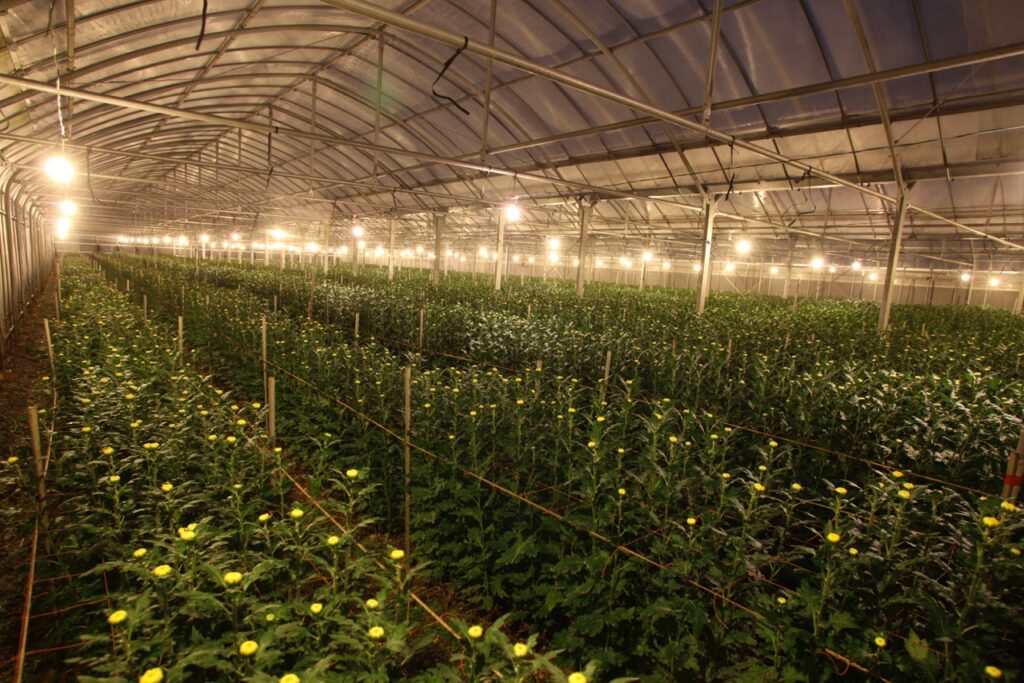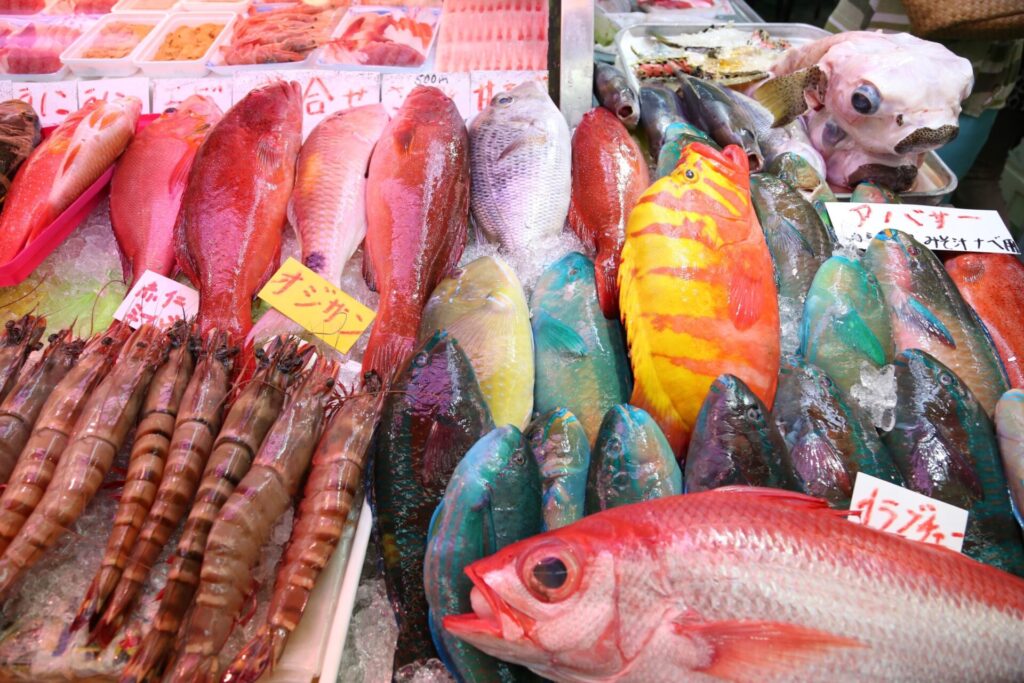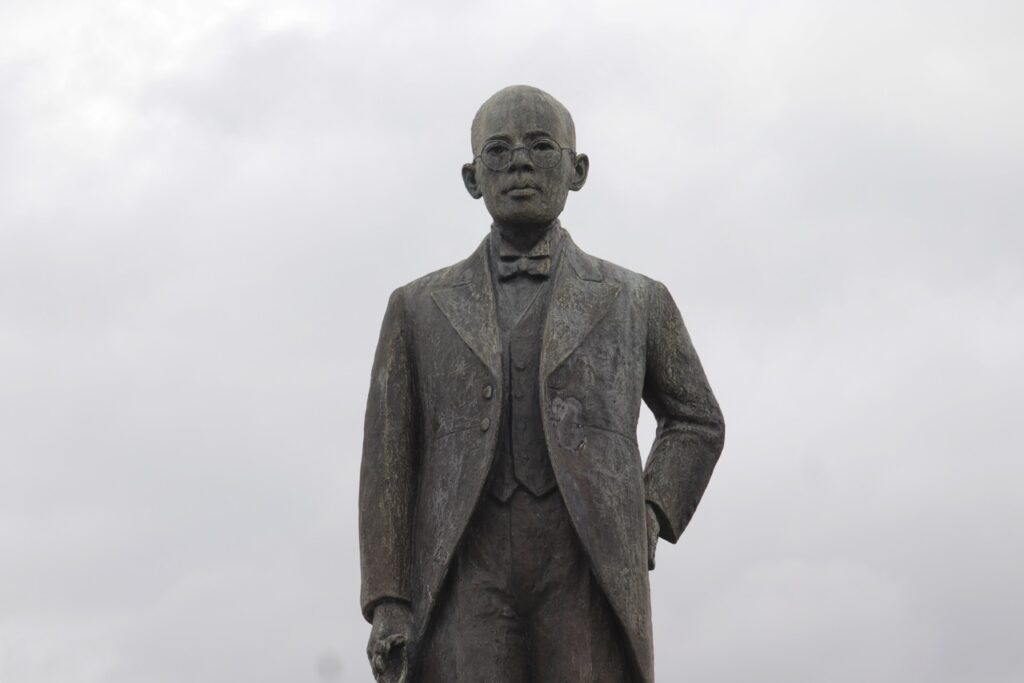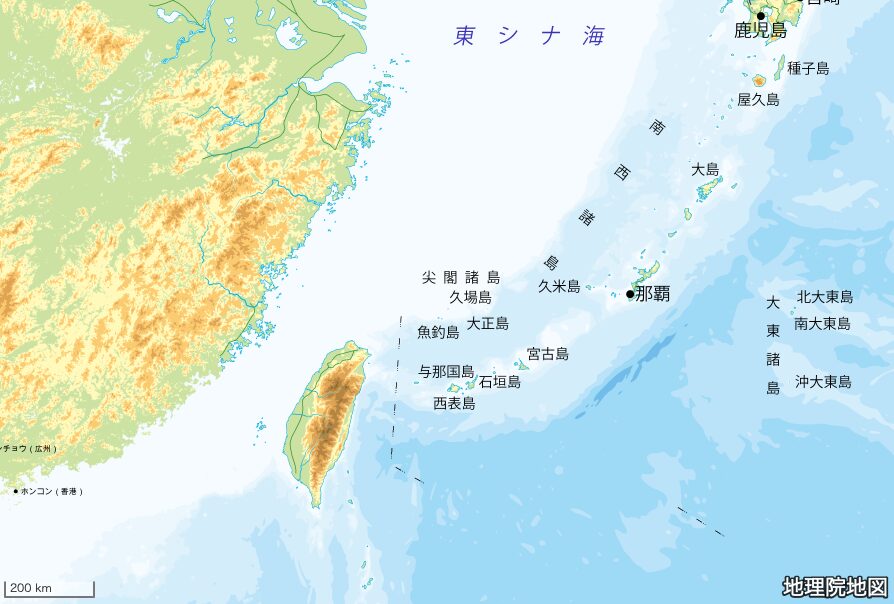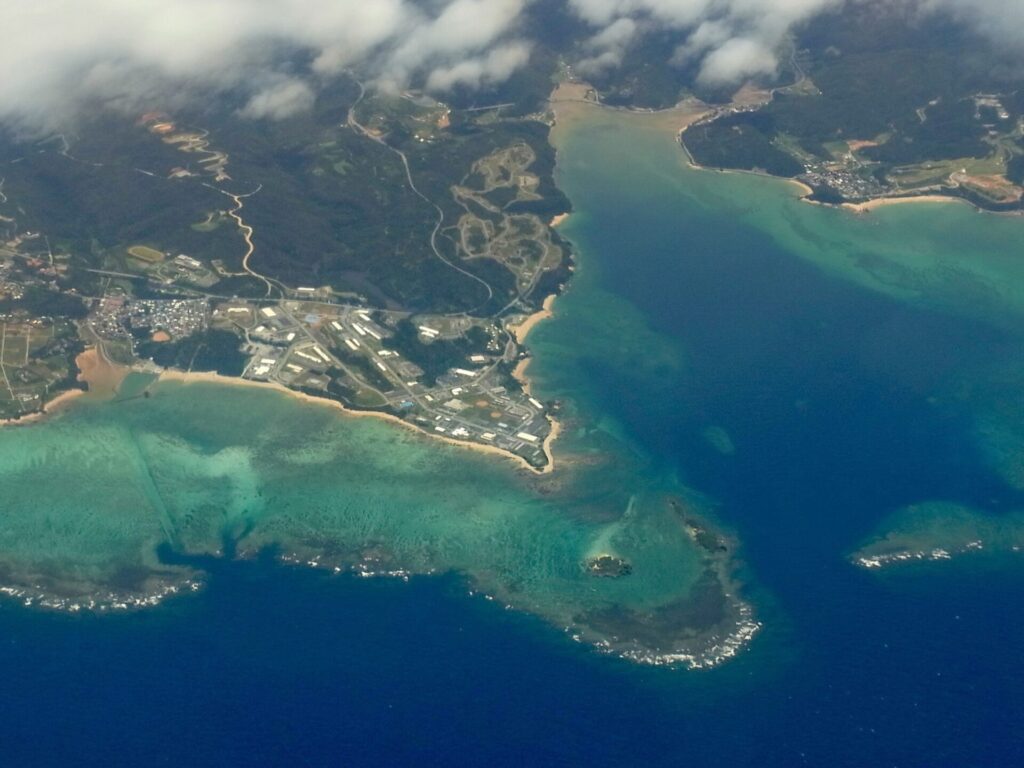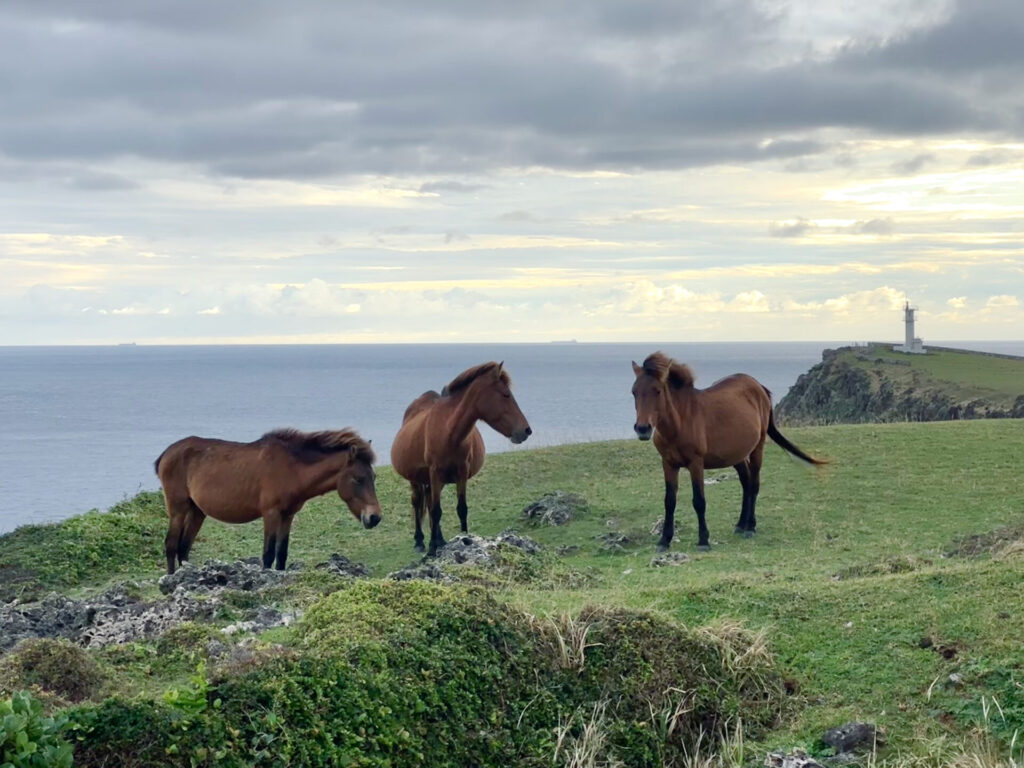Kanzashi (Ornamental Hairpin)

At the time of the Ryukyu Kingdom (before the abolition of feudal domains and the establishment of prefectures in 1879,) both men and women used a kanzashi, an ornamental hairpin, to set their hairstyles in Okinawa.
Men’s style was called a kata-kashira, which fixed the hair with a kami-sashi (the main hairpin) and the oshi-zashi (the sub hairpin.) This style turned out to be quite different from the Japanese chonmage-style1.
A system existed to define the material of the hairpin depending on the status and class of each individual. This System of Kanzashi was established in 1509, the 33rd year during the reign of King Shō Shin, when the Shō dynasty tried to arrange the government system. Hence, it is presumed that the custom for men to use a main hairpin and an oshi-zashi, and women to use a main hairpin and a soba-sashi existed from before.
The main hairpin (kami-sashi) for men is about 10 cm long, with a flower-shaped ornament at the head of a hexagonal stem. The King’s hairpin was made of gold, with a dragon pattern on the flower. Gold as well was for princes, Aji, and Sanshikan (close to a prime minister,) a golden flower and a silver stem for the Wēkata2, silver for other nobilities, and brass for peasants. Poor farmers also used wooden hairpins.
Women’s main hairpin is called jīfā, written 起花 (raised flower) in kanji. The material used for jīfā, too, depended on the status. They were hexagonal like the men’s hairpin, but longer in length, about 17 cm long, for women had more hair to fix.
Along with the headband and clothes, the System of Kanzashi was set to clarify the status of the individual at first sight. Yet, as we can see from the major reform in 1691, confusion seemed to have occurred as time passed. After the end of Shō dynasty, men gradually ceased to use the hairpin3, and only the jīfā for women remained.
However, today, we hardly see any women using a jīfā for daily purposes. The dancers of Ryukyu dances still wear them because they need to set their hair like in the old days. The Ryukyu dances keep creating the need for jīfā, and thanks to this, the technologies of jīfā making are still remembered to a degree.
A hexagonal jīfā made of silver is as beautiful as a craftwork. Even without a need to set your hair, you would want to keep one beside you. There are few goldsmiths in Naha who are passing down the tradition, although on a limited scale. Among them, the works of Mr. Matayoshi Kenjiro are especially brilliant.
Editor’s Note:
- A hairstyle unique to Japan during the Edo era, which shaves the top and ties the remaining hair to form a topknot. Often worn by sumo wrestlers in recent times.
- Aji, Sanshikan, Wēkata are all names of classes of nobility in the Ryukyu Kingdom.
- According to the decree of haircutting by the Meiji Government issued in 1871, haircutting became popular. The decree was meant to give freedom in choosing one’s hairstyle going beyond the standardized chonmage-style.







